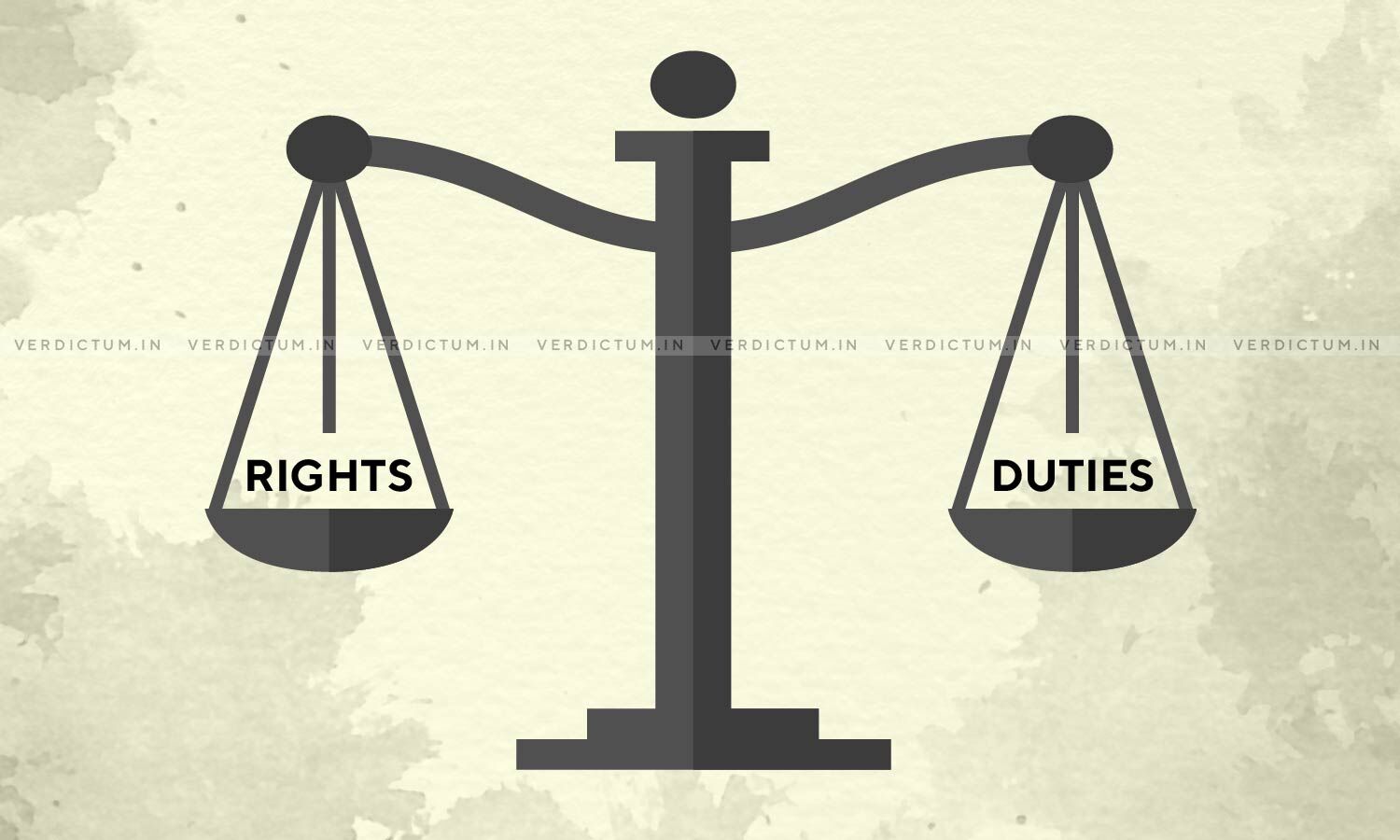
Building and leading a high-performing team is an essential task for the success of any organization. But it can be challenging—especially as the demands on leaders grow and the complexity of their work increases. As a leader, you need to be able to work with other leaders to inspire your teams, set clear goals and expectations, and motivate your employees to achieve them. And you need to know how to effectively communicate with your team members so they feel heard and valued. Here are some tips that will help you develop leadership skills by giving you practical advice on on how to build and lead a high performing team:
Hire the right people
Hiring the right people can be a challenge, but it’s one of the most important parts of building a high-performing team. To start with, look for candidates who not only have the skills and experience required for the job, but also fit well with your company culture and share your organization’s values. It’s also important to remember that hiring is an ongoing process—not just once. You might find someone who seems like a good fit at first, but they may not be able to continue to perform well over time if they don’t share your organization’s values or fit in with its culture. This is why it’s important to set hiring goals that focus on both skill sets and cultural fit.
Clearly define roles and responsibilities
To build a high performing team you must ensure that each team member understands their role and responsibilities within the team. This will help to minimize confusion and duplication of effort, ensuring that everyone is working towards the same goals. The first step in building a high performing team is to clearly define roles and responsibilities for each member. It’s important to consider not only what job functions each person performs on a daily basis but also what tasks they should be responsible for during peak season or when there are increased workloads.
You should also consider how much time each person spends working with other members of the team – this can help you determine if they have overlapping responsibilities or if there is excessive overlap between them. Once you’ve identified which people have overlapping responsibilities, you can decide whether one employee should take over another employee’s duties entirely or whether they should just split up those responsibilities among themselves.
Provide ongoing training and development
Invest in your team’s development by providing ongoing training and development opportunities. This will help to ensure that they have the skills and knowledge required to perform their roles effectively. By providing ongoing training, you’ll be able to keep your employees up to date with their skills and knowledge. This will help them to stay motivated, engaged and productive – which is great news for your business! It’s important to remember that it’s not just about offering training for new hires; it’s also about ensuring that existing employees are being trained regularly so that they can continue to develop their skills as well.
Foster open communication
Open and honest communication is key to a healthy and productive team. If you want to lead a high performing team, you must encourage your teammates to express themselves freely and openly. If they aren’t comfortable sharing their thoughts, they may be hesitant to say what’s on their minds in meetings, which can lead to poor decisions being made. You should also make time for regular one-on-one meetings with each employee, where you can discuss what they are working on and how they’re feeling about their role within the company.
Lead by example
The best leaders are the ones who lead by example. Your team will see you as a role model for how they should behave and work together. If you want your team to be collaborative, then make sure to model collaboration in all of your actions, from meetings to emails to coffee breaks. If you want your team to be productive and on-task, then model productivity and focus at all times. You don’t need to be perfect—you can have off days! Just try to set an example of what kind of behavior is expected from your team members so that they know what they need to do in order for the company or project to succeed.
Recognize and reward success
To build a high performing team and lead it, celebrate your team’s successes and recognize their achievements. This will help to motivate and encourage them to continue to perform at a high level. This is a great way to boost morale, especially if you’re trying to build a winning culture where your employees feel valued and appreciated.
When you recognize an individual’s work or achievement, you are showing them that what they do matters and that they are important within the company. Recognition doesn’t have to be something big; it can be as simple as thanking someone for their hard work or saying “good job” when they accomplish something. If there is a specific person who has been doing great work, consider rewarding them with either extra vacation time or more flexible hours so they can spend more time with their family/friends/partner/etc. This will show everyone else on the team that hard work is noticed—and rewarded!
Create a positive work environment
Create a positive work environment that promotes teamwork, creativity, and innovation. This will help to attract and retain top talent, and foster a culture of high performance. A positive work environment is key to attracting and retaining top talent. When employees feel valued and that they can be themselves at work, they’re more likely to stay with your organization. It also helps create a culture of high performance—when employees feel safe being creative and innovative, they’re able to come up with better solutions to problems faster than ever before!

Empower your team
Empower your team by giving them autonomy and decision-making power. This will help to build their confidence and encourage them to take ownership of their work, leading to better performance. If you’re a manager, it can be tempting to micromanage and take over tasks that your employees could handle themselves, but this will only breed resentment. Instead, empower your team by giving them the autonomy they need to perform well at work. Let them make decisions about how they’ll accomplish tasks and provide resources for them so they can be successful!
It’s your turn now to implement these tips in your team building and lead your team to success. I hope you enjoyed reading this blog post!
RUCHI RATHOR Founder & CEO
Payomatix Technologies Pvt. Ltd.
FOUNDER AND INVESTOR | PAYMENTS PROCESSING EXPERT | MERCHANT ACCOUNT SOLUTIONS | WHITE LABELLED PAYMENT GATEWAY | Dreamer, Creator, Achiever, Constantly Evolving
Website Ruchi Rathor: https://ruchirathor.com
Website Healing Heart https://thehealingheart.me/
Instagram https://www.instagram.com/_ruchirathor_/
LinkedIn https://www.linkedin.com/in/ruchirathor12/
Facebook https://www.facebook.com/ruchi.rathor.magnificient
Tumblr https://www.tumblr.com/blog/ruchirathor-thehealingheart
Medium https://medium.com/@ruchirathor_23436









